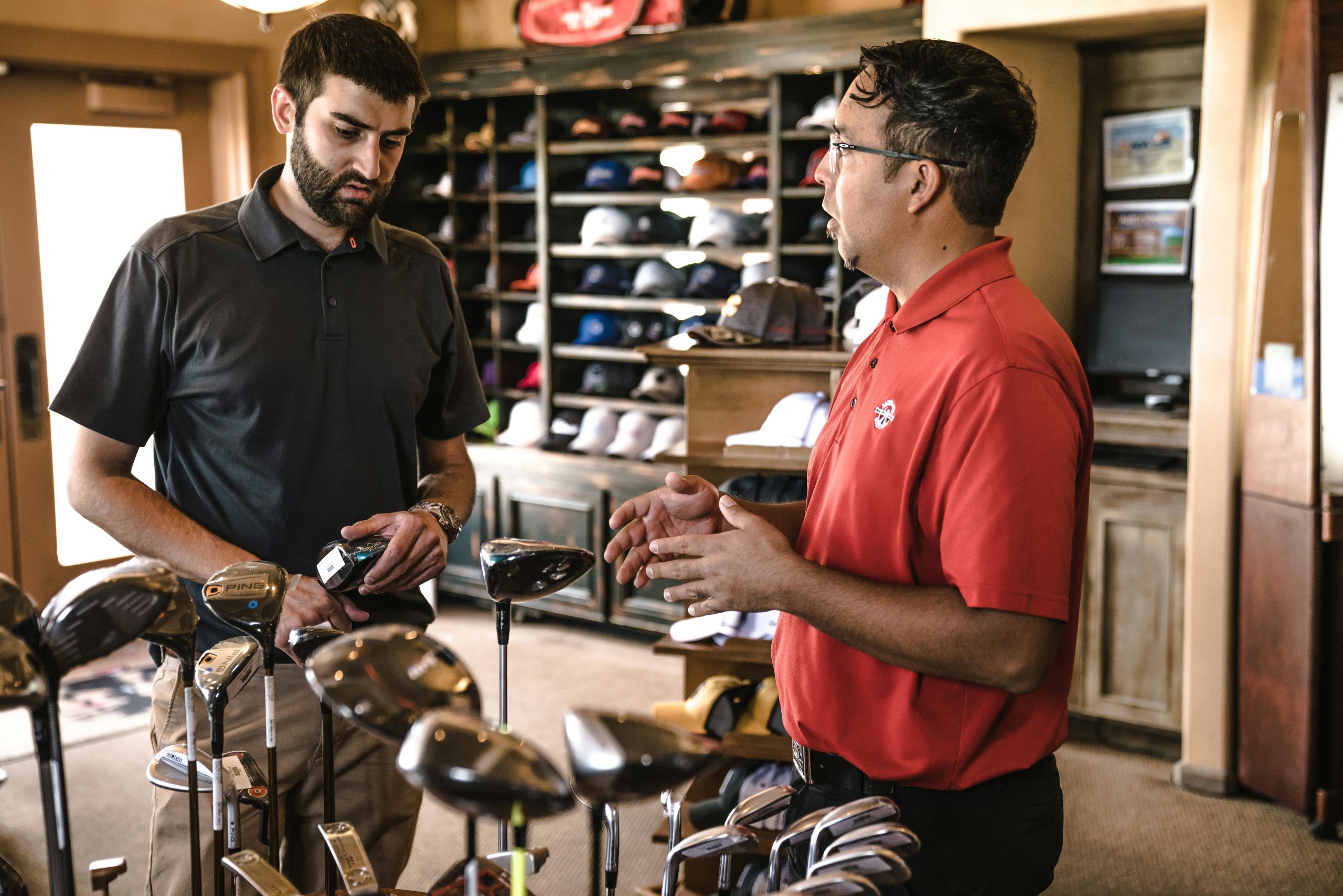The Art of Selling Without Selling
The Art of Selling Without Selling is a powerful approach to sales that focuses on building relationships, creating value, and influencing customers without resorting to traditional sales tactics. By understanding the psychology of persuasion, building trust and credibility, creating value for the customer, and mastering the art of influence, sales professionals can achieve success in a more authentic and sustainable way.
Understanding the Psychology of Persuasion
is essential for effectively selling without selling. According to Robert Cialdini, author of “Influence: The Psychology of Persuasion,” there are six principles of persuasion that can be used to influence others: reciprocity, scarcity, authority, consistency, liking, and social proof. By leveraging these principles, sales professionals can ethically persuade customers to make purchasing decisions without resorting to manipulative tactics. For example, offering a free trial or sample of a product can trigger the principle of reciprocity, leading customers to feel obligated to reciprocate by making a purchase.
Building Trust and Credibility
is another key aspect of selling without selling. Trust is the foundation of any successful relationship, and without it, customers are unlikely to make a purchase. Sales professionals can build trust by being transparent, honest, and reliable in their interactions with customers. By demonstrating expertise, providing valuable information, and delivering on promises, sales professionals can establish credibility and earn the trust of their customers. According to a survey by Edelman, 81% of consumers say that trust is a deal-breaker or deciding factor in their purchasing decisions.
Creating Value for the Customer
is crucial in the art of selling without selling. Customers are more likely to make a purchase when they perceive that they are receiving value in return. Sales professionals can create value by understanding the needs and preferences of their customers, offering personalized solutions, and highlighting the benefits of their products or services. By focusing on the value that their offerings can provide, sales professionals can differentiate themselves from competitors and attract customers who are willing to pay for that value. According to a study by Bain & Company, increasing customer retention rates by just 5% can increase profits by 25% to 95%.
Mastering the Art of Influence
is the final piece of the puzzle in selling without selling. Influence is the ability to persuade others to take a desired action, and sales professionals can master this art by understanding the motivations and triggers that drive customer behavior. By using persuasive language, storytelling, and social proof, sales professionals can influence customers to make purchasing decisions without feeling pressured or manipulated. By mastering the art of influence, sales professionals can build long-lasting relationships with customers and achieve sustainable success in sales. As Dale Carnegie once said, “Dealing with people is probably the biggest problem you face, especially if you are in business. Yes, and that is also your biggest opportunity.”
In conclusion, The Art of Selling Without Selling is a powerful approach to sales that focuses on building relationships, creating value, and influencing customers in an authentic and sustainable way. By understanding the psychology of persuasion, building trust and credibility, creating value for the customer, and mastering the art of influence, sales professionals can achieve success without resorting to traditional sales tactics. By implementing these principles and strategies, sales professionals can build long-lasting relationships with customers, differentiate themselves from competitors, and drive sustainable growth in their businesses.














